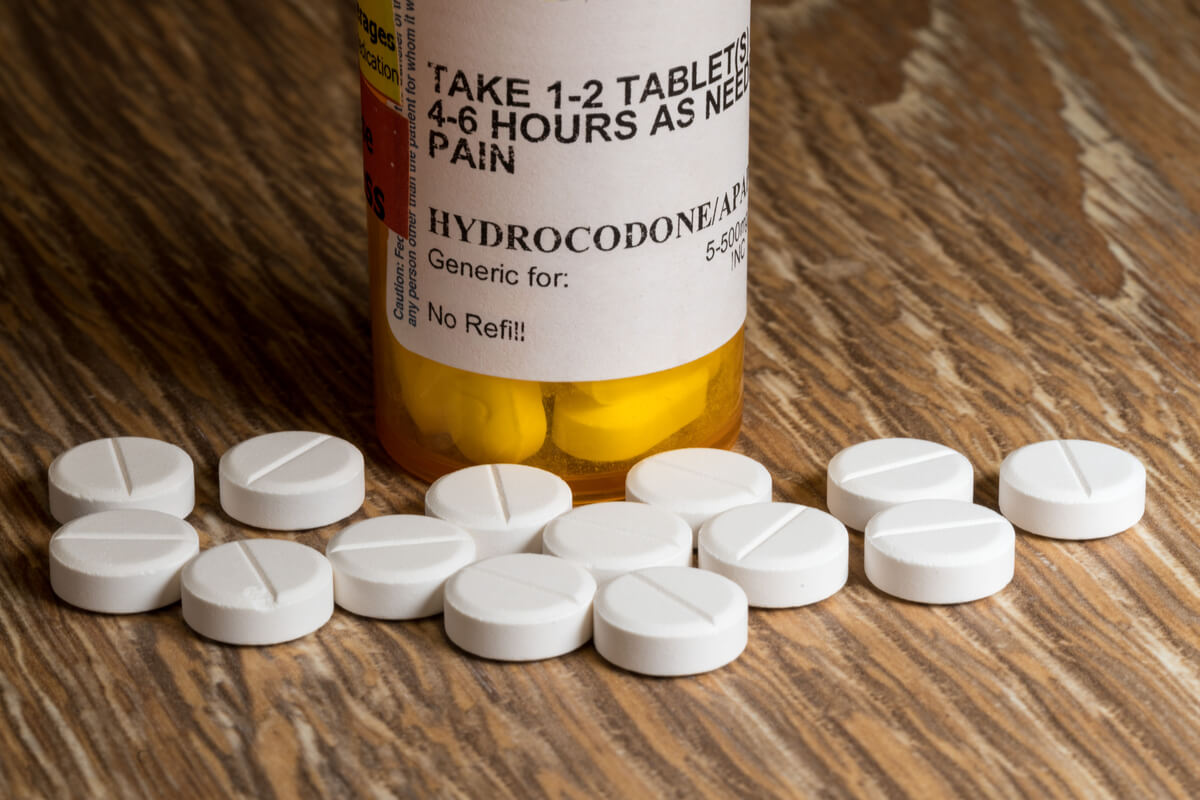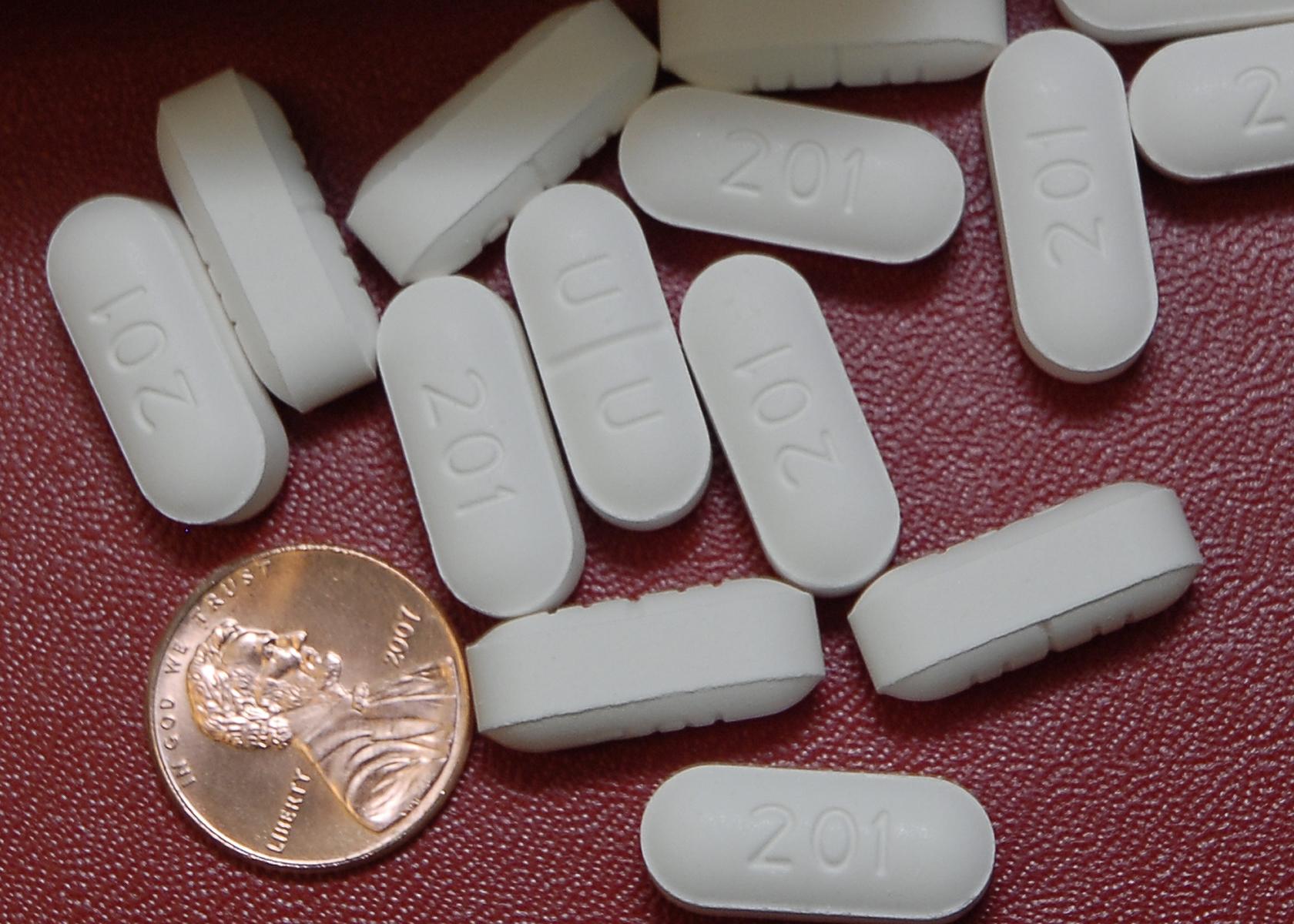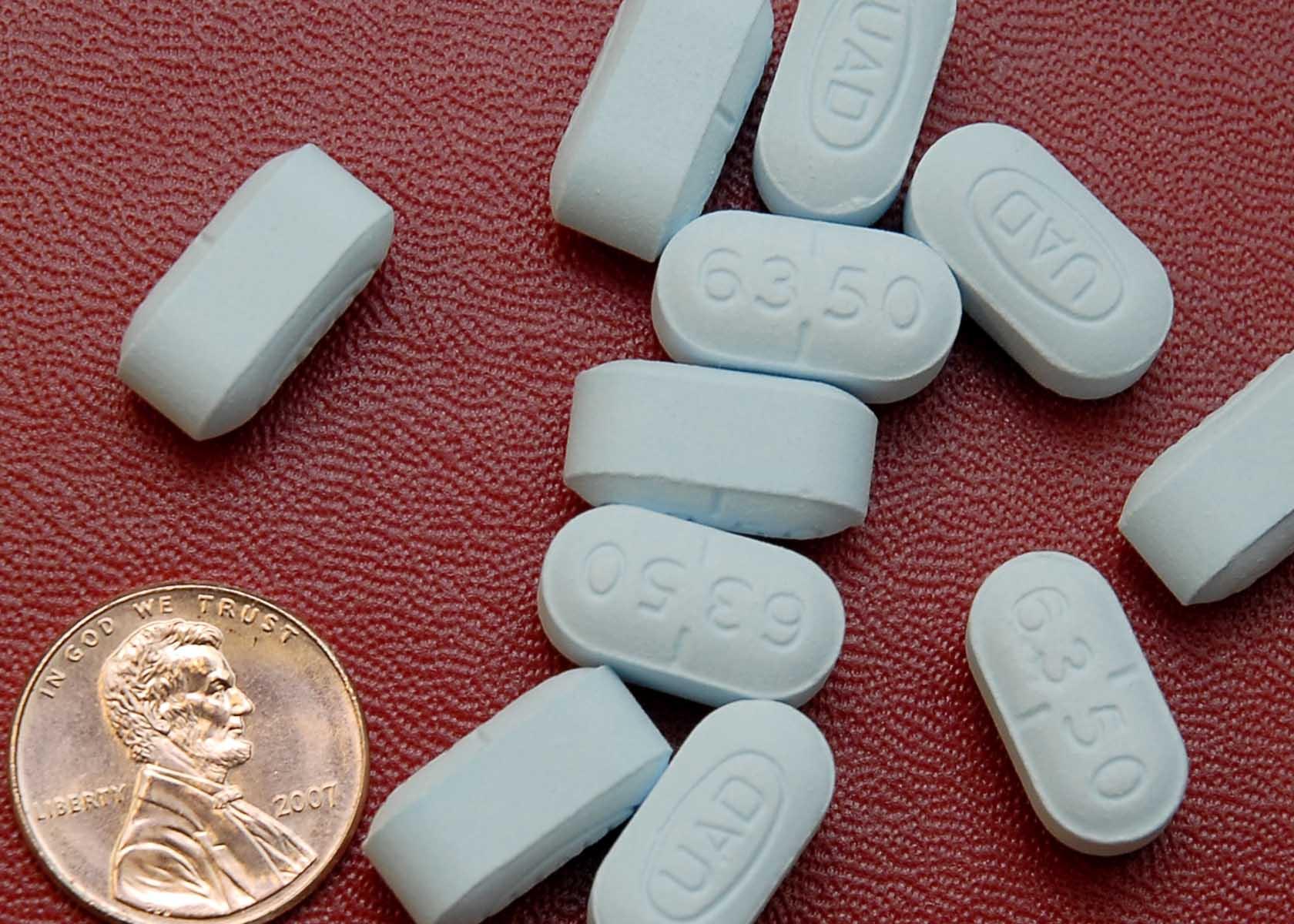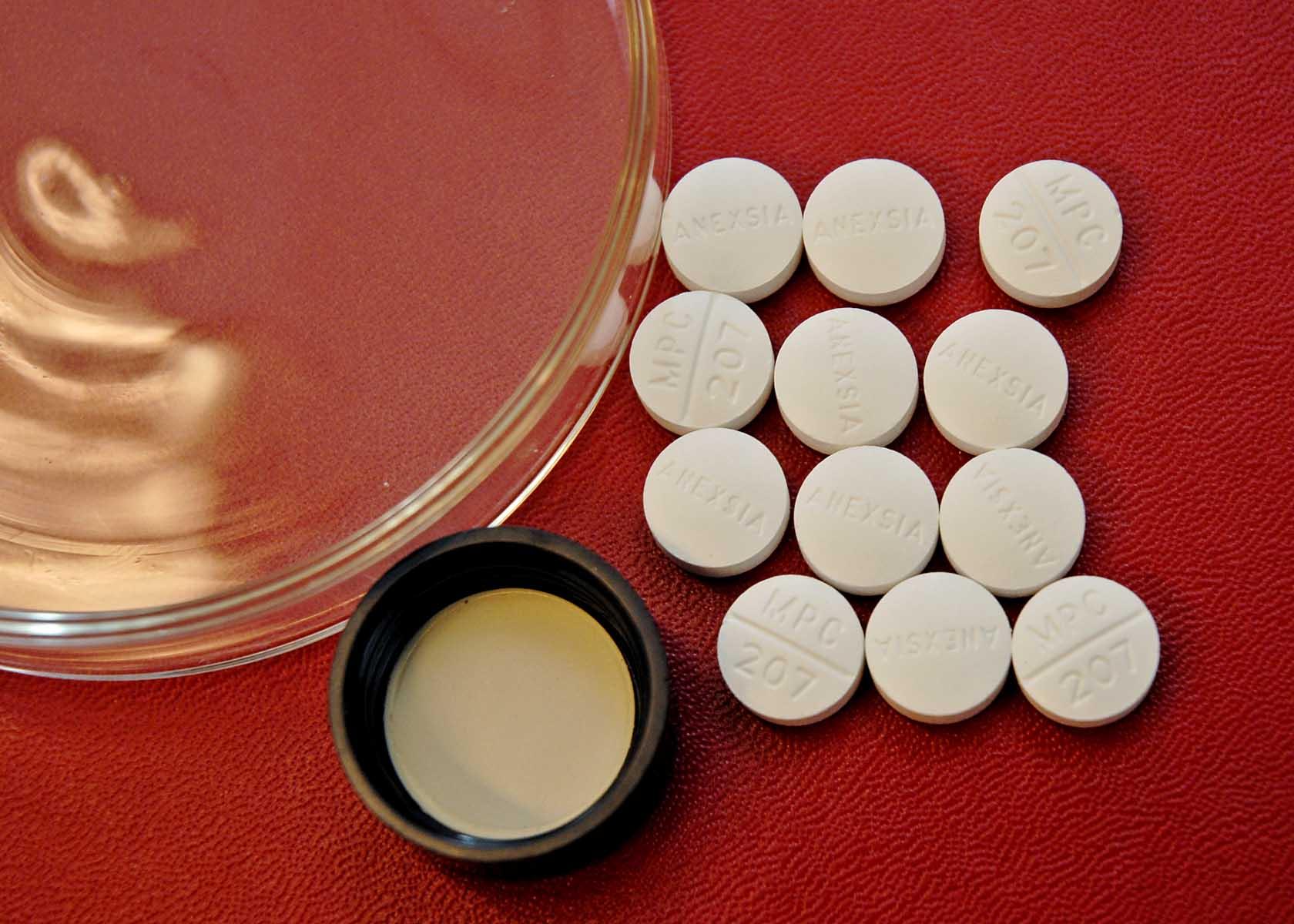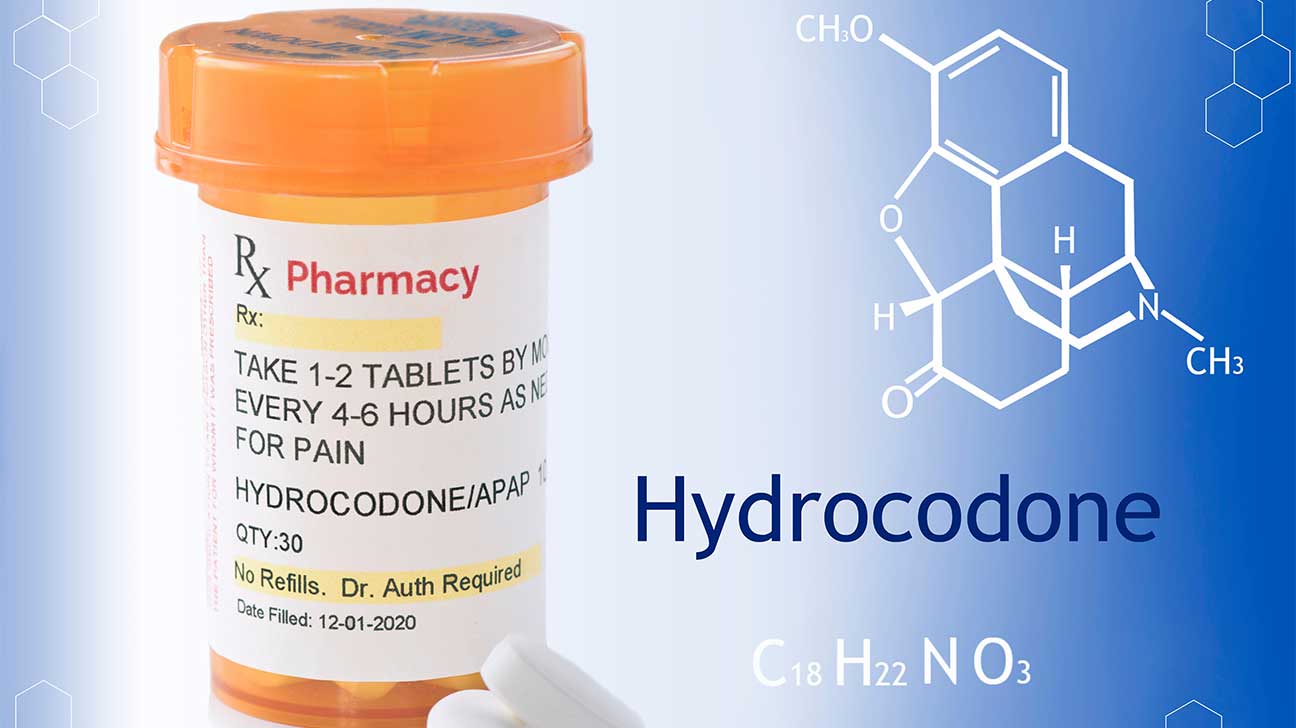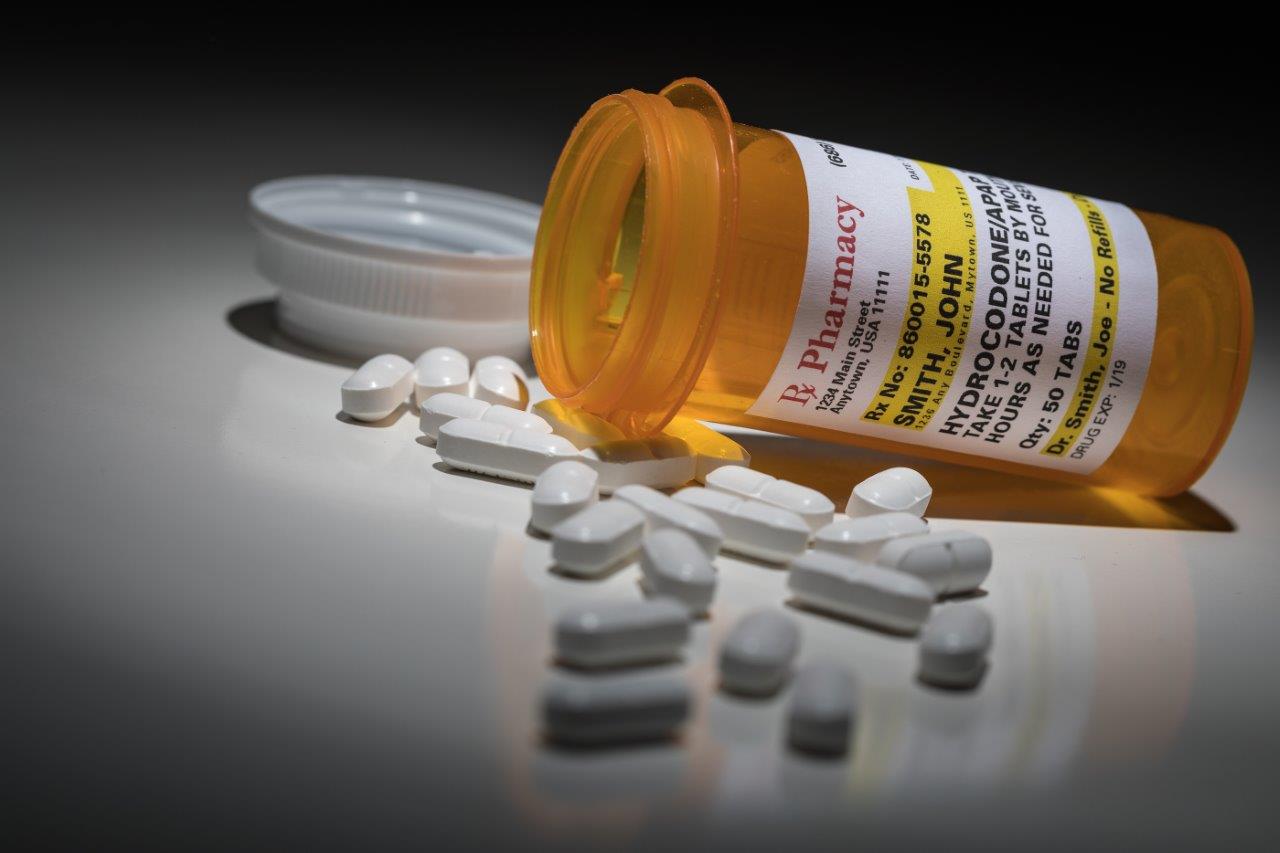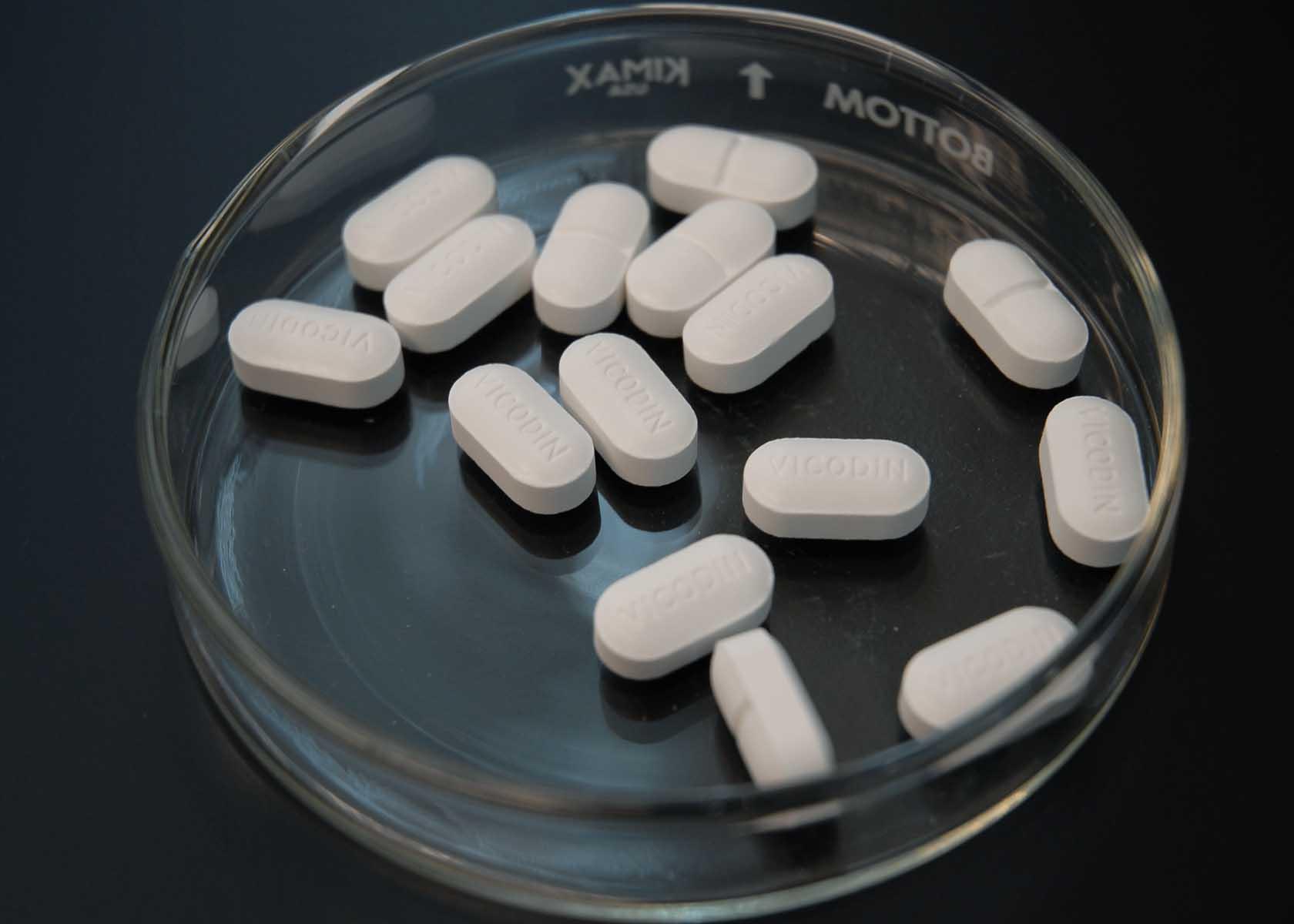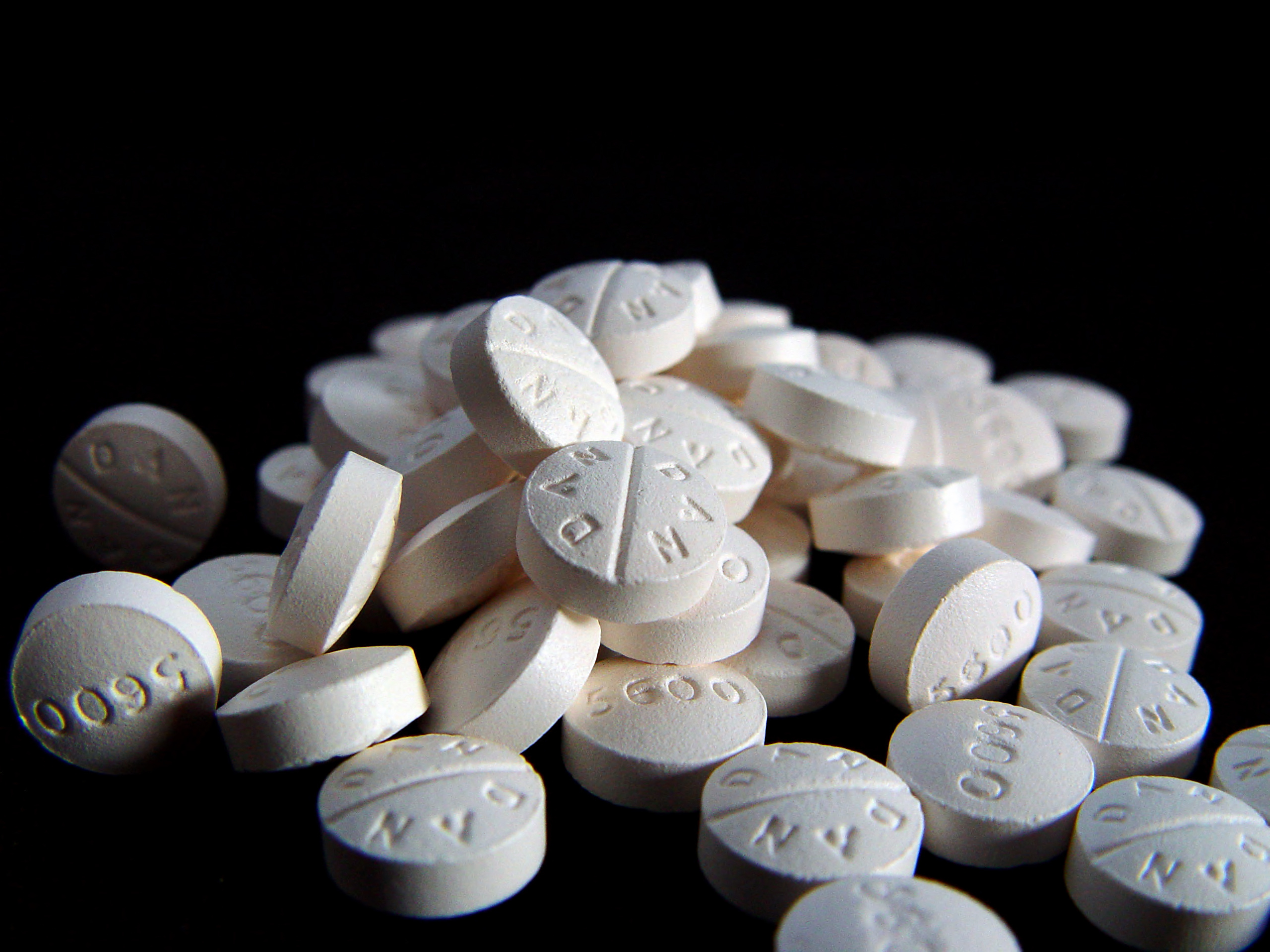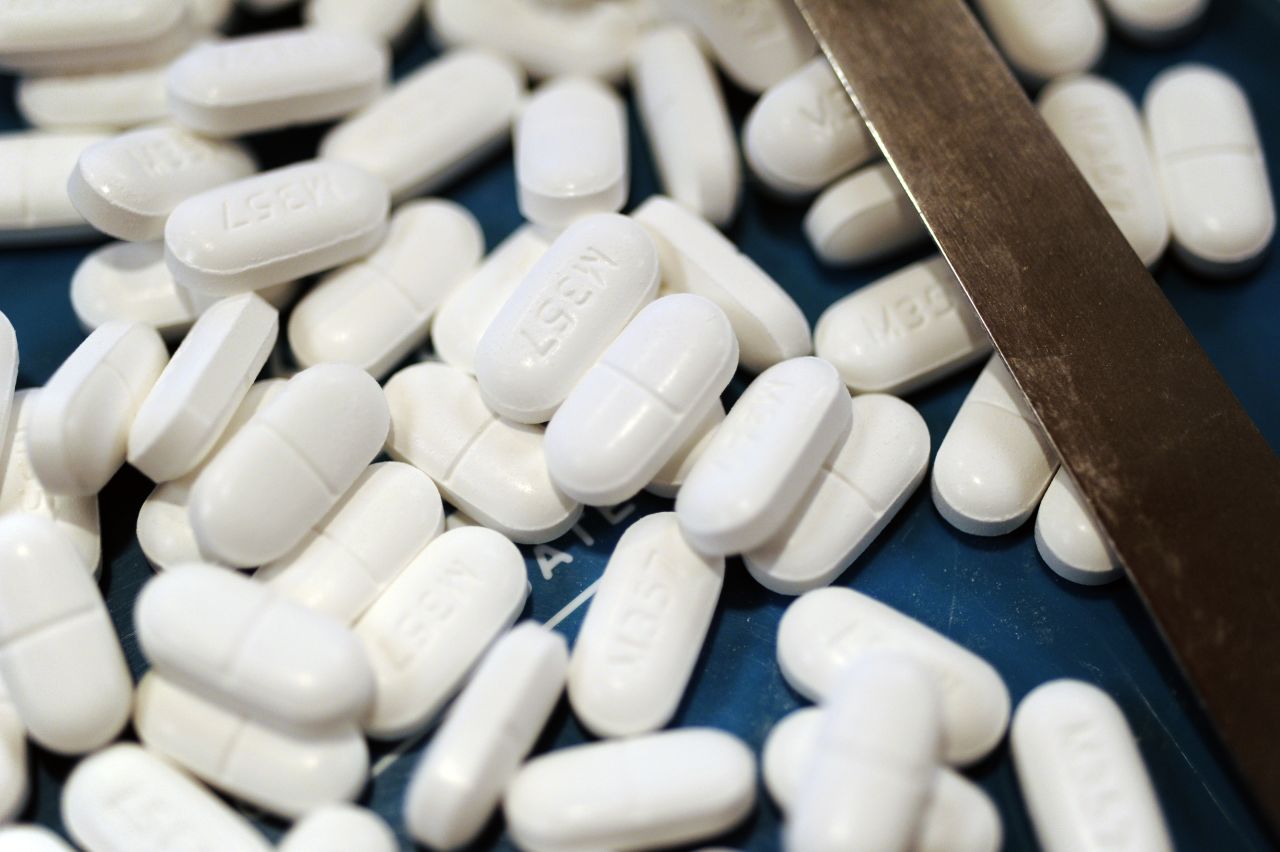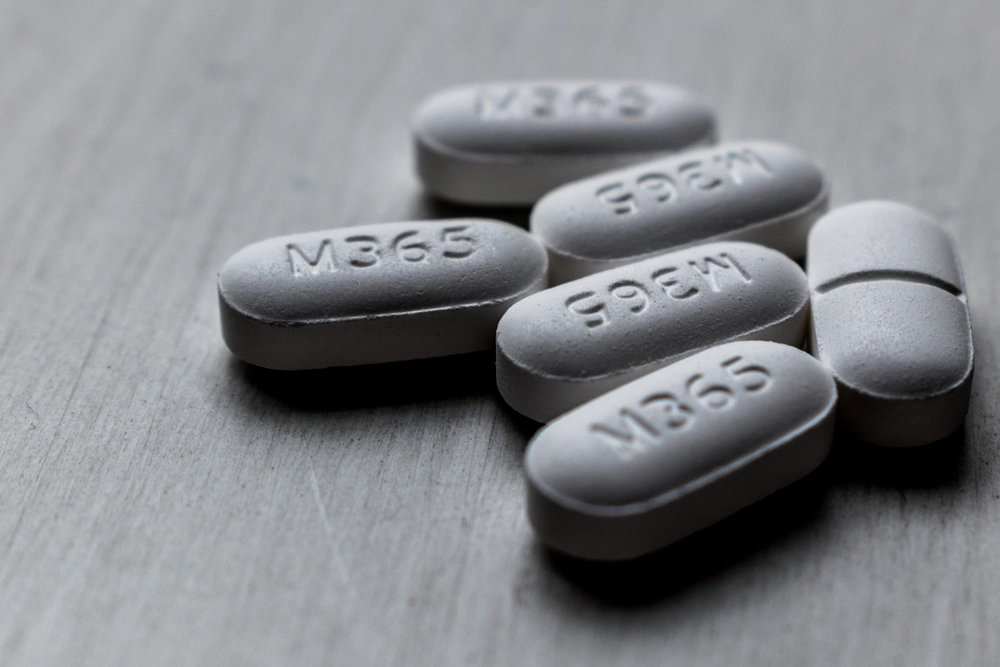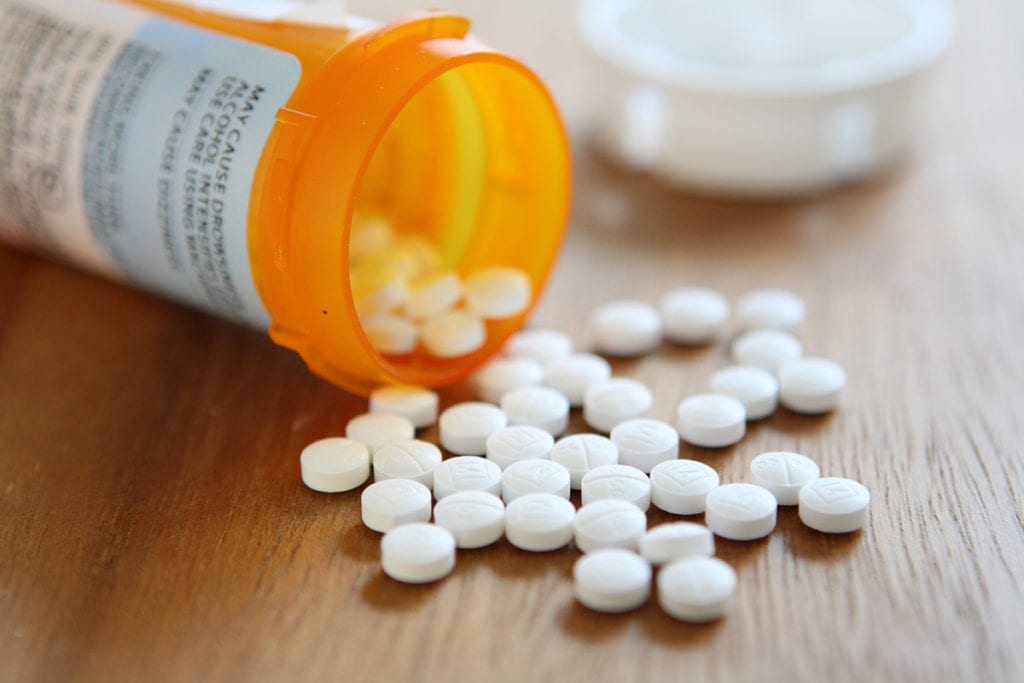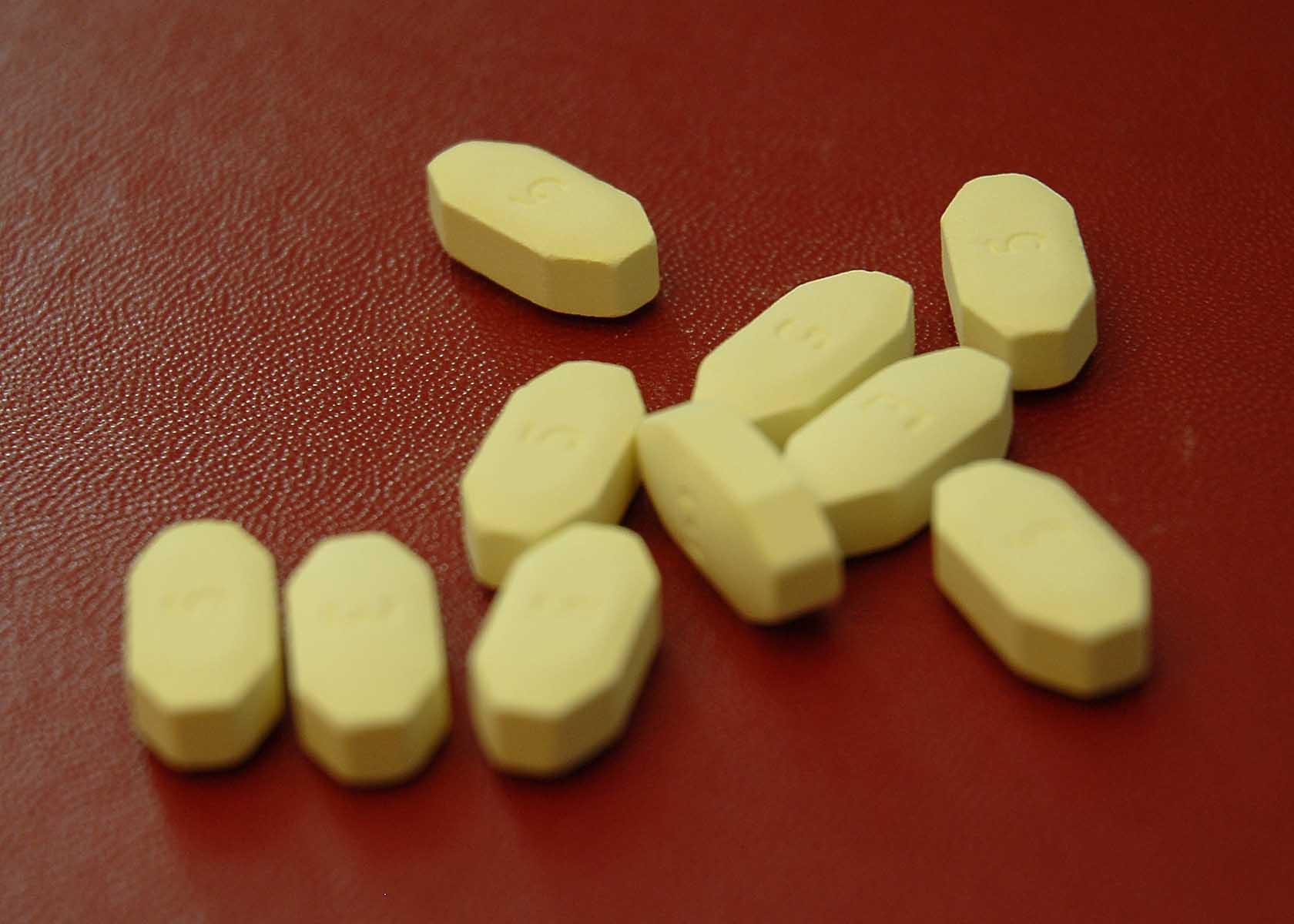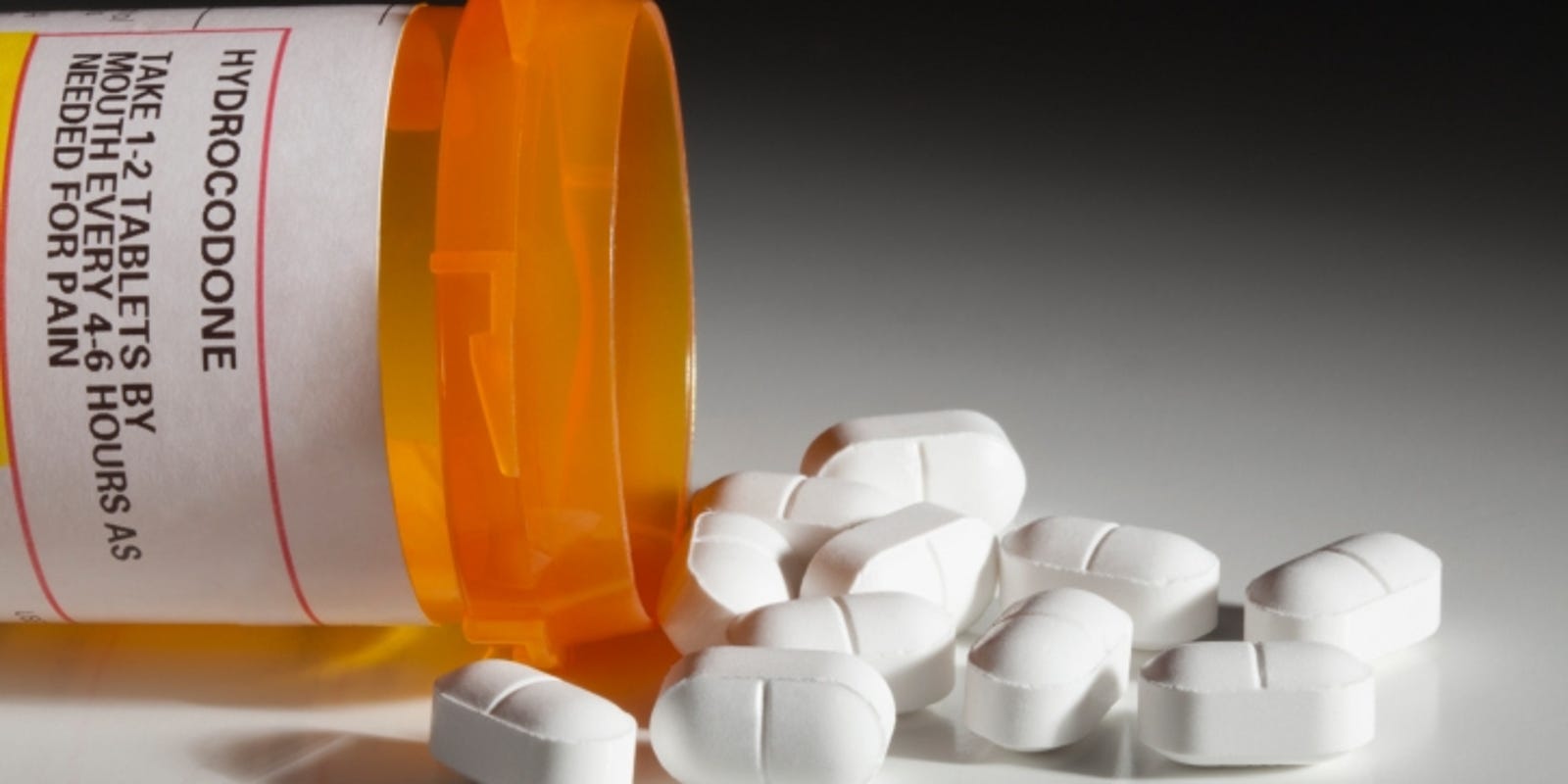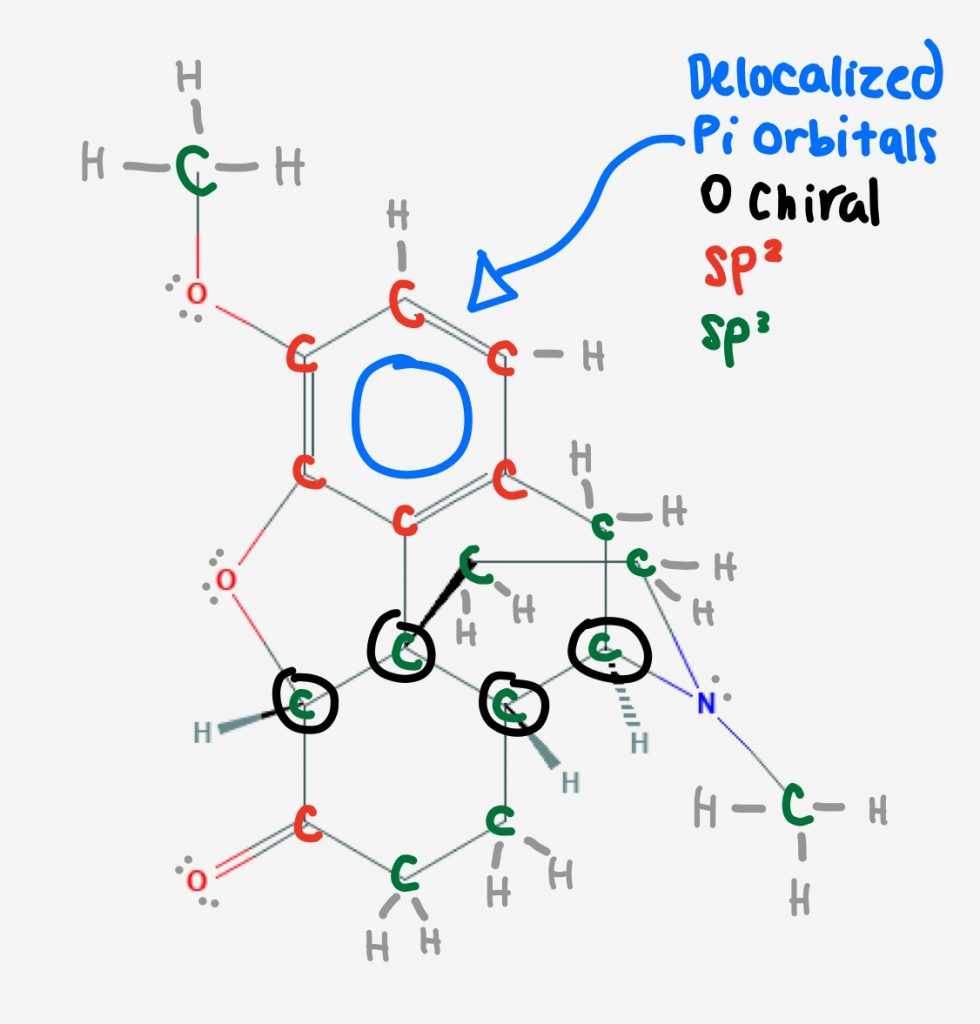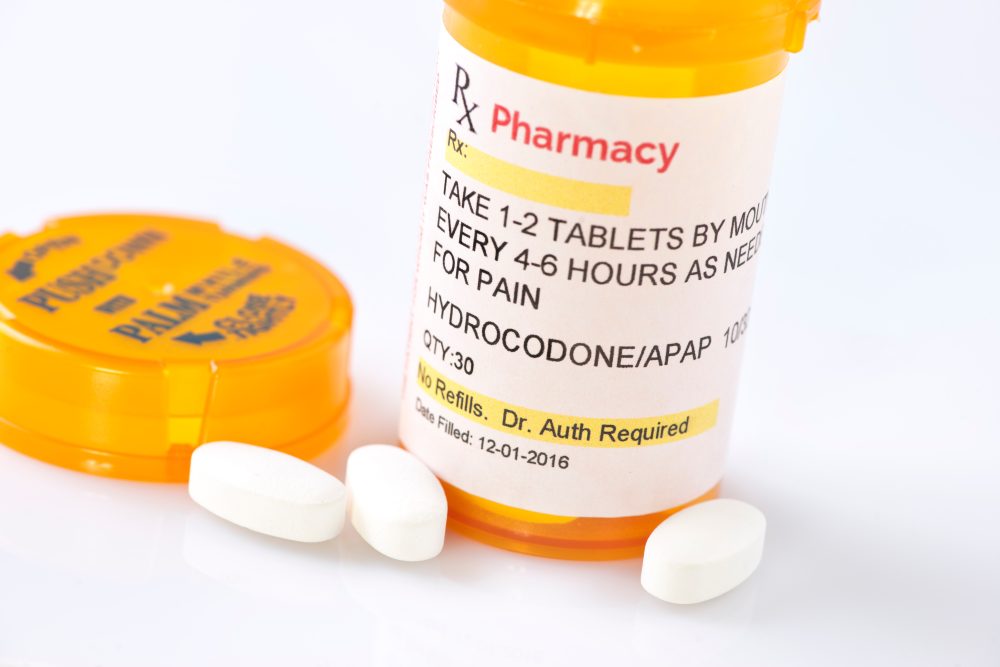How Much Can You Sell 7.5 Mg Hydrocodone For
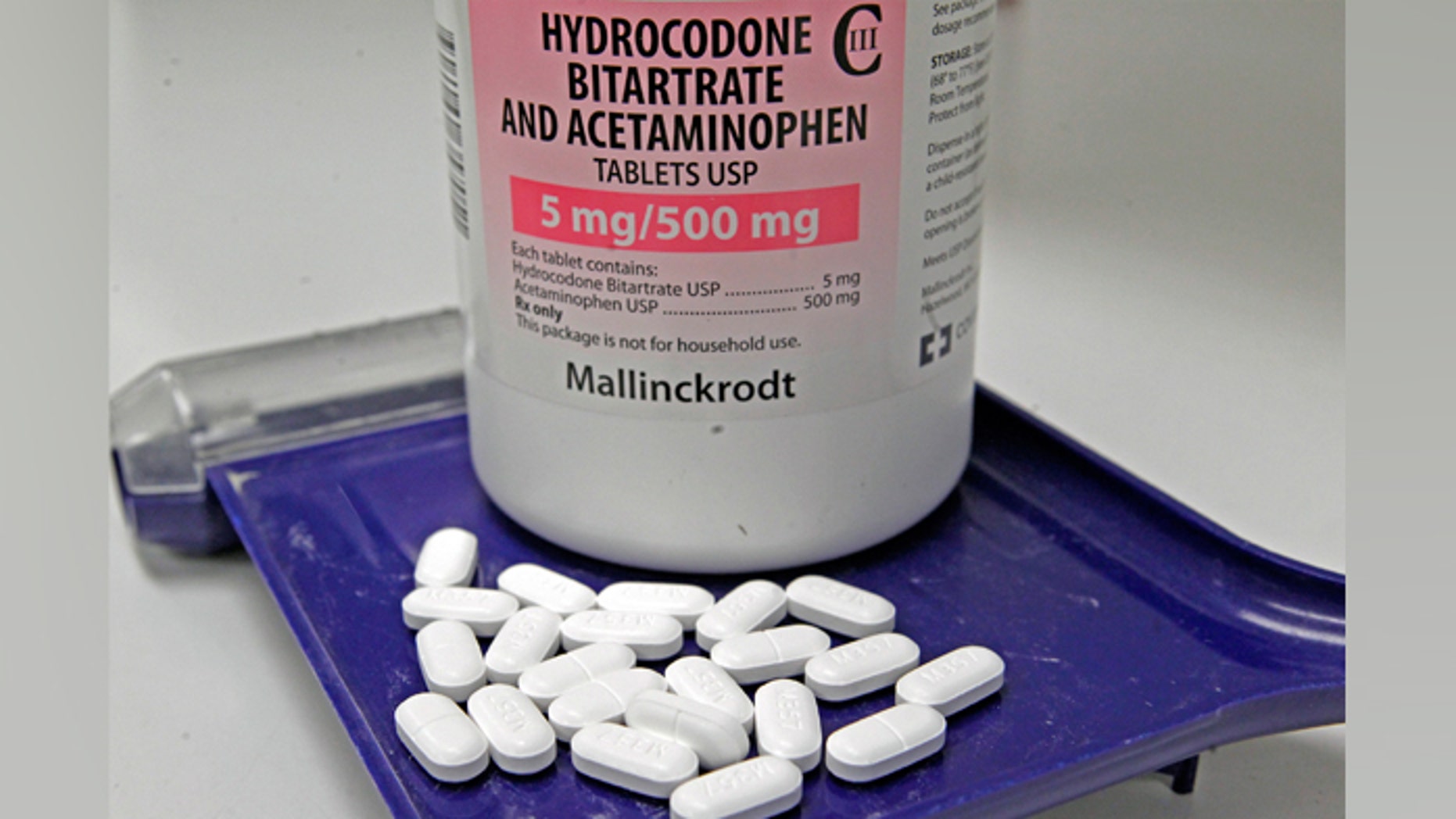
The street value of prescription opioid painkillers like hydrocodone is a complex and sensitive issue, fluctuating based on availability, demand, and location. Determining a precise figure for the illegal sale of 7.5 mg hydrocodone tablets is difficult due to the illicit nature of the transaction.
This article aims to provide an objective overview of the factors influencing the price of illegally sold hydrocodone, drawing upon available data and expert insights, while emphasizing the serious legal and health consequences associated with the non-prescribed use of prescription medications.
Factors Influencing Illicit Hydrocodone Prices
The price of 7.5 mg hydrocodone on the black market isn't fixed; it's a dynamic figure influenced by numerous interconnected elements. Availability is a primary driver.
Areas with strict prescription monitoring programs (PDMPs) and limited legitimate supply often see higher prices. Conversely, regions with greater accessibility to prescription opioids may have lower illicit market values.
Supply and Demand Dynamics
Like any commodity, the principles of supply and demand dictate pricing. Increased demand, often fueled by addiction or recreational use, can inflate prices.
Crackdowns on illegal pill mills or supply chain disruptions can limit availability, also leading to price increases. Geographic location also plays a significant role.
Urban areas or regions with higher rates of opioid abuse may experience greater demand and corresponding price hikes compared to rural areas with less demand.
Purity and Counterfeit Pills
The perceived purity of the hydrocodone or, more worryingly, the risk of counterfeit pills containing fentanyl, can drastically alter the price. Buyers may be willing to pay more for what they believe is a genuine product.
However, the presence of fentanyl in counterfeit pills is a significant concern, as it can lead to accidental overdoses and death. According to the Drug Enforcement Administration (DEA), counterfeit pills are a growing threat.
Legal and Law Enforcement Impacts
Increased law enforcement efforts targeting the illegal sale of prescription drugs can impact prices. A heightened risk of arrest and prosecution may drive sellers to demand higher prices.
The severity of penalties associated with drug trafficking also influences pricing. Stiffer penalties might deter sellers, reducing supply and increasing costs.
The Difficulty of Determining a Precise Price
It's crucial to acknowledge the inherent challenges in pinpointing the exact price of illegally sold hydrocodone. Transactions occur in the shadows, making data collection nearly impossible.
Information gleaned from law enforcement investigations or anonymous online forums is often unreliable and anecdotal. Such data is hard to verify and is often geographically limited.
Moreover, buyers and sellers often operate within close-knit networks, further obscuring pricing information from outside observers.
The Dangers of Illicit Opioid Use
Beyond the legal ramifications, purchasing hydrocodone outside of legitimate medical channels poses severe health risks. The user cannot ensure the drug's purity or dosage accuracy.
The risks of overdose, addiction, and adverse drug interactions are substantially elevated. The Centers for Disease Control and Prevention (CDC) provides information about the dangers of opioid abuse.
Seeking help for opioid addiction is crucial. Resources like the Substance Abuse and Mental Health Services Administration (SAMHSA) offer confidential support and treatment options.
Conclusion
While definitively stating the price of a 7.5 mg hydrocodone tablet on the black market is impossible, understanding the factors that influence its value is essential.
Supply, demand, location, perceived purity, and law enforcement activity all play a role. Ultimately, obtaining prescription medications through legitimate channels is crucial for ensuring safety and avoiding legal repercussions.
The risks associated with illegal opioid use are profound, underscoring the need for increased awareness, prevention, and access to treatment services. Buying drugs on the street has serious health risks, as noted by the National Institute on Drug Abuse (NIDA).
